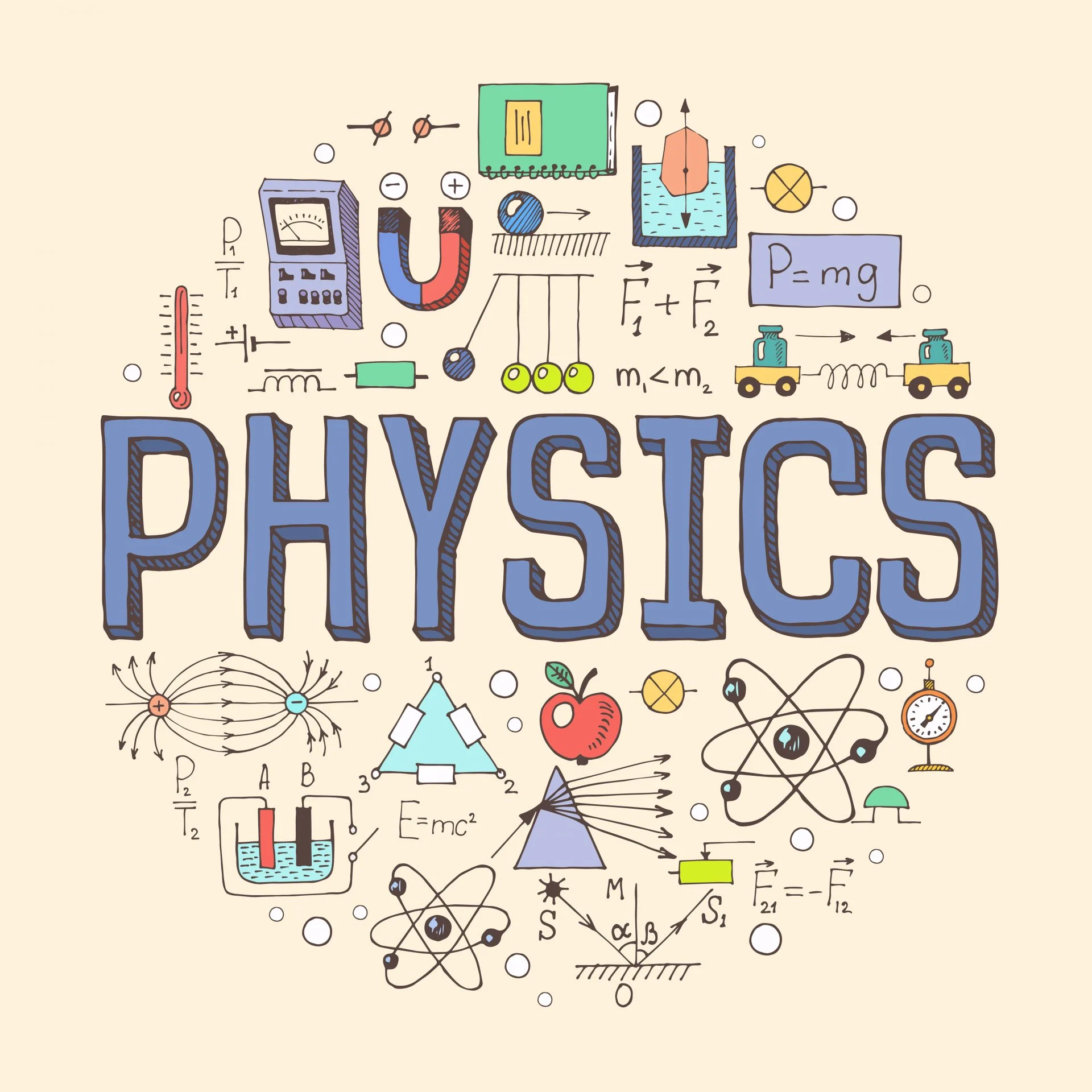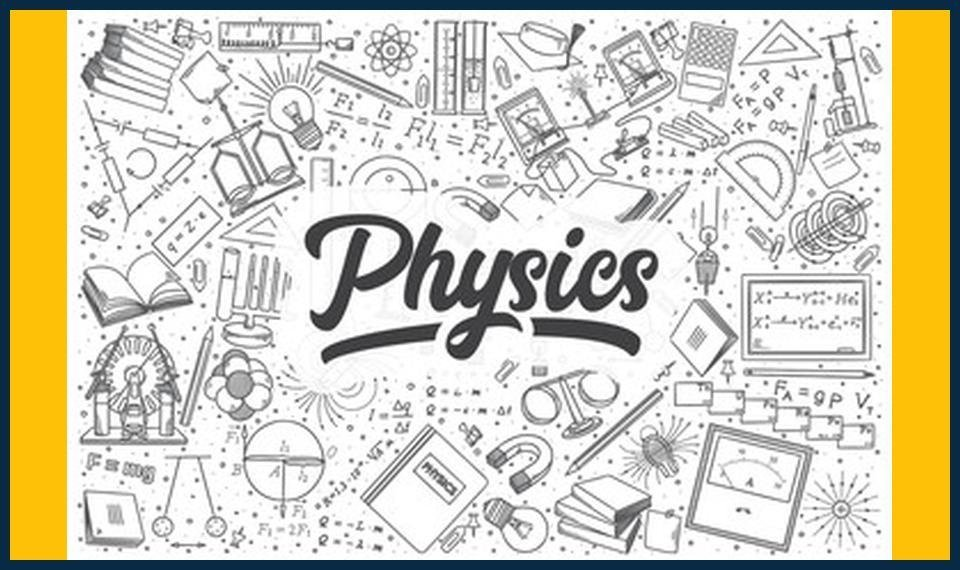![]()
Introduction
Welcome to the Ultimate Guide to GCSE Physics Forces and Motion! In this comprehensive journey, we’ll delve into the fascinating world of forces and motion, a cornerstone of understanding in the realm of physics. This guide is designed to empower students, parents, tutors, and teachers alike, providing a clear, engaging, and easy-to-understand exploration of the essential concepts. Let’s dive in!
Understanding Forces
1. The Nature of Forces
Forces are essential in physics as they cause objects to move, change direction, or stop moving. They can be contact forces (like friction) or non-contact forces (like gravity and magnetic fields).
2. Types of Forces
- Contact Forces: Friction, Tension, Spring Forces, and Normal Reaction Force
- Non-Contact Forces: Gravitational Force, Electromagnetic Force
Motion: The Essential Dance of Objects
3. Motion Basics
Motion is the change in the position of an object over time. Understanding motion is pivotal in describing the behavior of objects in the physical world.
4. Types of Motion
- Linear Motion: Motion along a straight line
- Gravity: Motion due to the force of gravity
- Circular Motion: Motion in a circular path
5. Key Concepts in Forces and Motion
6. Newton’s Laws of Motion
- First Law: An object at rest stays at rest, and an object in motion stays in motion unless acted upon by an unbalanced force.
- Second Law: The acceleration of an object is directly proportional to the net force acting on it and inversely proportional to its mass.
- Third Law: For every action, there is an equal and opposite reaction.
7. Newton’s Laws and Real-World Applications
Explore how Newton’s laws apply to everyday situations, like driving a car, playing sports, or even riding a bike.
8. Equations of Motion
- One-dimensional Kinematics Equations: Equations for displacement, velocity, acceleration, and time
- Projectile Motion Equations: Equations for range, time of flight, and maximum height
9. Practical Tips for Mastering Forces and Motion
- Practice, Practice, Practice: Regularly solve problems to build confidence and understanding
- Visualize Concepts: Use diagrams, videos, and interactive simulations to visualize concepts more effectively
- Connect Theory to Real-World Examples: Apply the concepts learned to real-world scenarios
Conclusion
Mastering Forces and Motion is a crucial step in understanding the fundamental principles of physics. With a solid grasp of these concepts, you’ll be well-equipped to tackle more complex topics in your GCSE studies and beyond. Happy learning!
Appendix: Key Resources
- Textbooks: “GCSE Physics for AQA” by Oxford University Press
- Online Resources: BBC Bitesize, Khan Academy, Physics Classroom
- Mobile Apps: Photomath, Socratic, and Phet Simulations
FAQs
- What is an unbalanced force?
An unbalanced force is a force that acts on an object but is not counteracted by an equal and opposite force, causing the object to change motion.
- What is the difference between static and kinetic friction?
Static friction keeps an object at rest, while kinetic friction slows down an object in motion.
- How do I calculate the net force acting on an object?
To calculate the net force, you need to add up all the individual forces acting on the object and subtract any forces that act in opposite directions.
- What is the significance of Newton’s third law?
Newton’s third law explains the interplay of forces in nature, like when you kick a ball – the force you apply pushes the ball forward, and the ball pushes your foot backward with an equal but opposite force.
- What is the difference between displacement and distance?
Distance is the total length of the path an object travels, while displacement is the actual change in position of an object from its initial position.




